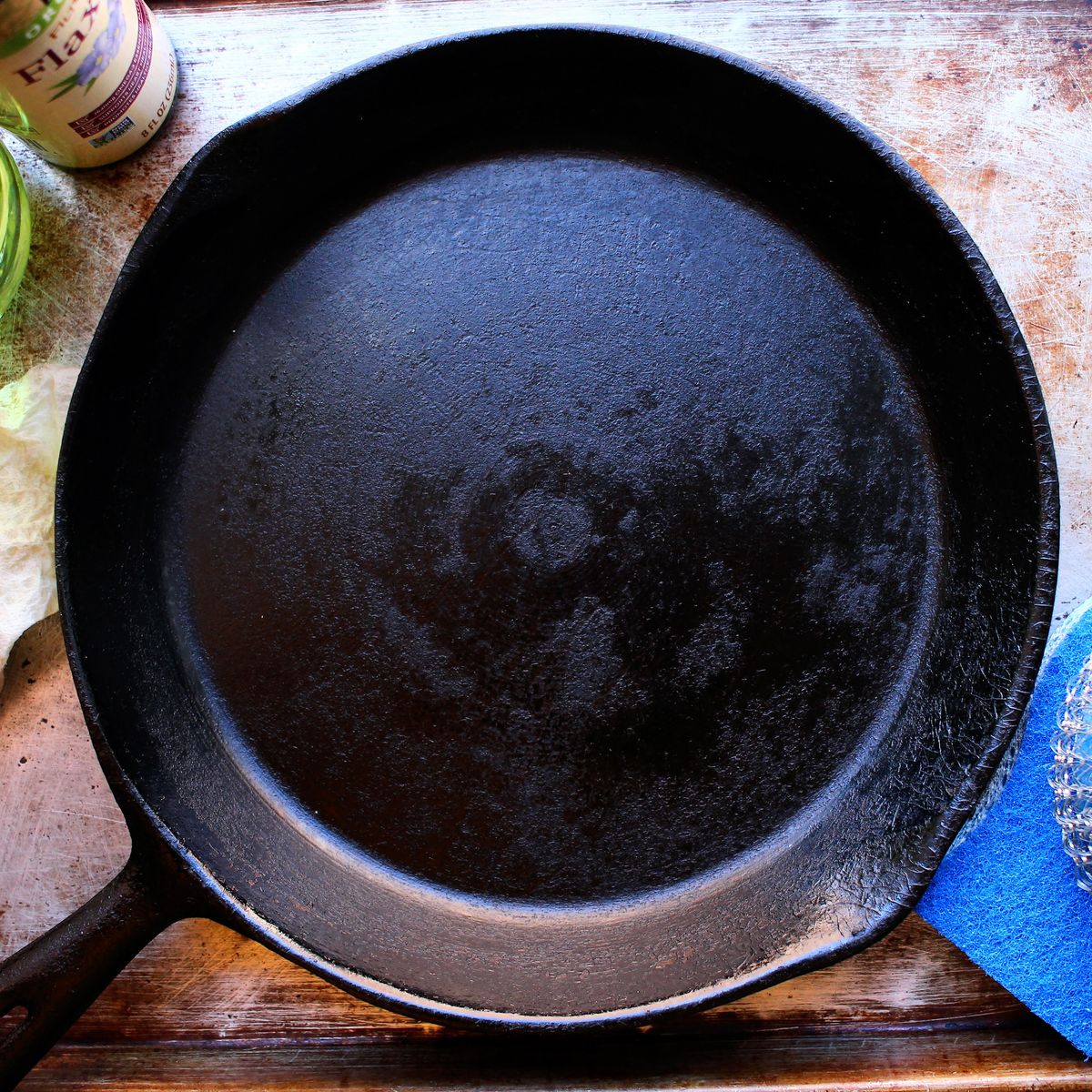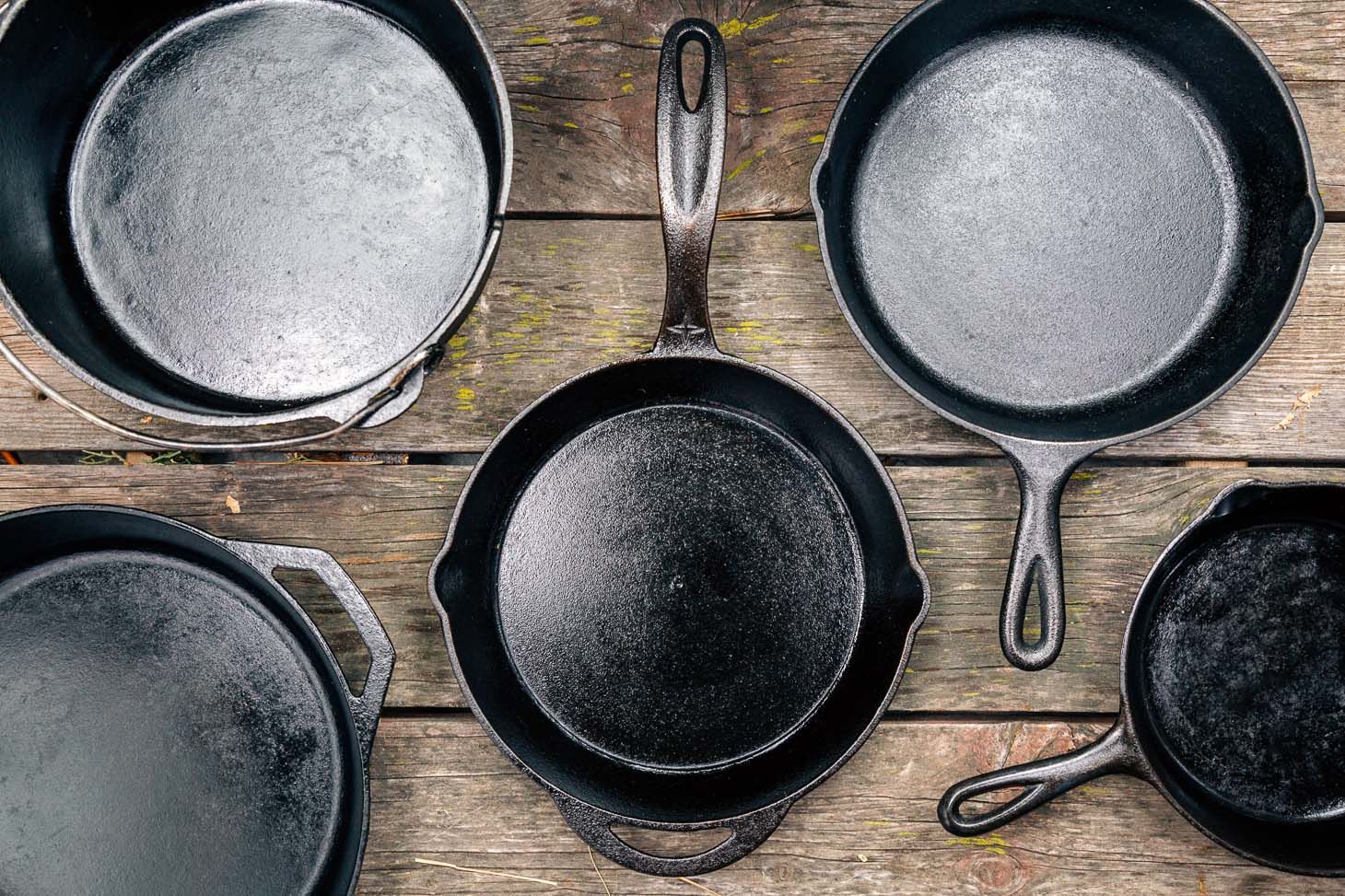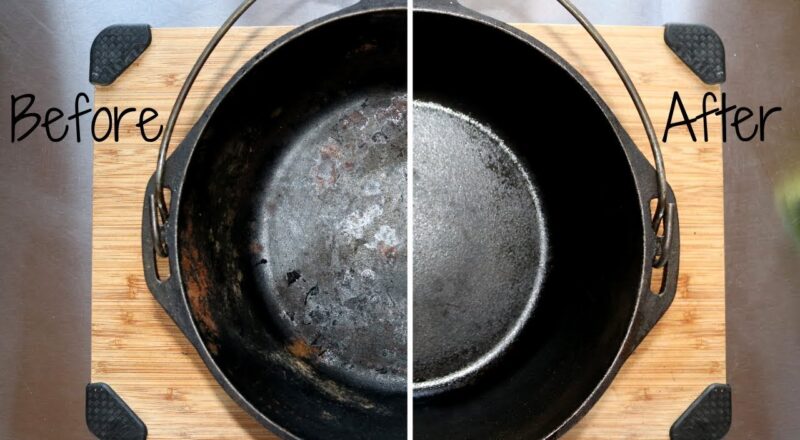When it comes to cast iron cookware, knowing the proper methods for seasoning is crucial. The key to making your cast iron cookware non-stick, durable, and optimized for cooking is seasoning it the right way. But what temp to season cast iron with olive oil at could make or break your skillet. This article dives deep into the science and practicality of seasoning cast iron with olive oil, guiding you to perfect your technique.

Why is Seasoning Important?
Seasoning a cast iron skillet creates a protective layer on its surface. This not only makes it non-stick but also guards against rust. Seasoning involves applying a thin layer of oil to the cast iron and heating it to a specific temperature until it polymerizes, forming a hard, glass-like coating.
Choosing Olive Oil for Seasoning
While there are many oils to choose from, olive oil is a popular option. Its high smoke point and health benefits make it a preferred choice among cooking enthusiasts. Moreover, olive oil offers a more natural alternative compared to other oils like vegetable oil or shortening.

Understanding the Best Temperature
So, what temp to season cast iron with olive oil? The ideal temperature usually falls between 350F and 400F. This range ensures the oil polymerizes properly, forming a durable coating on your skillet.
Why Temperature Matters
The temperature is a critical factor because it determines how well the oil adheres to the cast iron. Too low, and the oil won’t polymerize correctly. Too high, and the oil could burn off, leaving an inconsistent coat.

Step-by-Step Guide to Seasoning with Olive Oil
Follow these simple steps to season your cast iron skillet with olive oil:
Step 1: Clean Your Skillet
Make sure your skillet is thoroughly cleaned. Any leftover food particles or rust spots should be removed before you start seasoning.
Step 2: Apply Olive Oil
Apply a thin layer of olive oil to the entire surface of the skillet. Using a cloth or paper towel, spread the oil evenly.
Step 3: Preheat Your Oven
Preheat your oven to the optimal temperature range of 350F to 400F.
Step 4: Heat Your Skillet
Place the skillet in the oven, upside down to prevent pooling of oil. Allow it to heat for at least one hour.
Step 5: Cool Down
Turn off the oven and let the skillet cool inside. This gradual cooling process helps the seasoning set properly.
:max_bytes(150000):strip_icc()/How-to-Season-Cast-Iron-Skillet-3x2-1-bcd280f1703e47e0a59bb62e86a0d53a.png?keyword=what temp to season cast iron with olive oil)
Maintaining Your Seasoned Skillet
Once your skillet is seasoned, proper maintenance is key. Avoid using harsh detergents and opt for gentle cleaning solutions. For a complete guide on maintaining your cast iron skillet, refer to this reseasoning guide.
Re-seasoning Tips
If your skillet loses its non-stick quality, don’t worry. Re-seasoning is simple and involves repeating the seasoning steps. You’ll have your skillet back to its prime in no time!
Alternative Oils for Seasoning
While olive oil is fantastic, it’s not the only oil for seasoning. You can also consider flaxseed oil, grapeseed oil, or even Crisco. Each has its pros and cons, which we’ll explore next.
Flaxseed Oil
Flaxseed oil is known for forming a strong seasoning layer due to its high smoke point. However, it can be more expensive compared to other oils.
Grapeseed Oil
Grapeseed oil is another great alternative, offering a high smoke point and a neutral flavor. It’s also a bit more affordable than flaxseed oil.
Crisco
Using Crisco is a traditional method. It’s easy to apply and has a smoke point suitable for seasoning cast iron. However, it may not offer the same health benefits as olive oil or other natural oils.
Common Mistakes to Avoid
Many people make mistakes during the seasoning process. Let’s look at some common pitfalls:
Using Too Much Oil
Applying too much oil can result in a sticky surface. Less is more when it comes to seasoning.
Incorrect Temperature
The wrong temperature can either under-season or over-season your skillet. Stick to the recommended range of 350F to 400F.
Not Enough Heating Time
Allowing sufficient time for the oil to polymerize is crucial. Rushing this step can lead to uneven seasoning.
Health Benefits of Seasoned Cast Iron
A well-seasoned cast iron skillet not only enhances cooking but also offers health benefits. The non-stick surface reduces the need for excessive oil, promoting healthier eating.
Iron Fortification
Cooking in cast iron can contribute small amounts of iron to your diet, which is beneficial for those with iron deficiencies.
Reduced Chemical Exposure
Unlike non-stick pans with chemical coatings, seasoned cast iron is natural and safe, reducing your exposure to potentially harmful substances.
Integrating Cast Iron in Your Daily Cooking
From searing meats to baking bread, a well-seasoned cast iron skillet can handle it all. Explore delicious recipes, such as this Dutch oven pot roast, and integrate cast iron cooking into your daily routine.
Everyday Cooking
For everyday meals, like crispy hash browns or even chicken wings, using your cast iron skillet can elevate your culinary game.
Baking Delight
Your cast iron skillet isn’t just for savory dishes. Baking with cast iron distributes heat evenly, making it perfect for desserts like cobblers and even bread.
FAQs
Do I need to preheat the oven to season my cast iron skillet?
Yes, preheating your oven ensures that the skillet reaches the correct temperature for the oil to polymerize effectively.
How often should I season my cast iron skillet?
Ideally, you should season your skillet every few months or whenever you notice it losing its non-stick properties.
Is olive oil the best option for seasoning?
Olive oil is an excellent choice due to its availability and health benefits. However, there are other oils, like flaxseed and grapeseed, that also work well.
For more information on skillet seasoning, you can refer to this comprehensive guide from Delish.
As an Amazon Associate, I earn from qualifying purchases.

